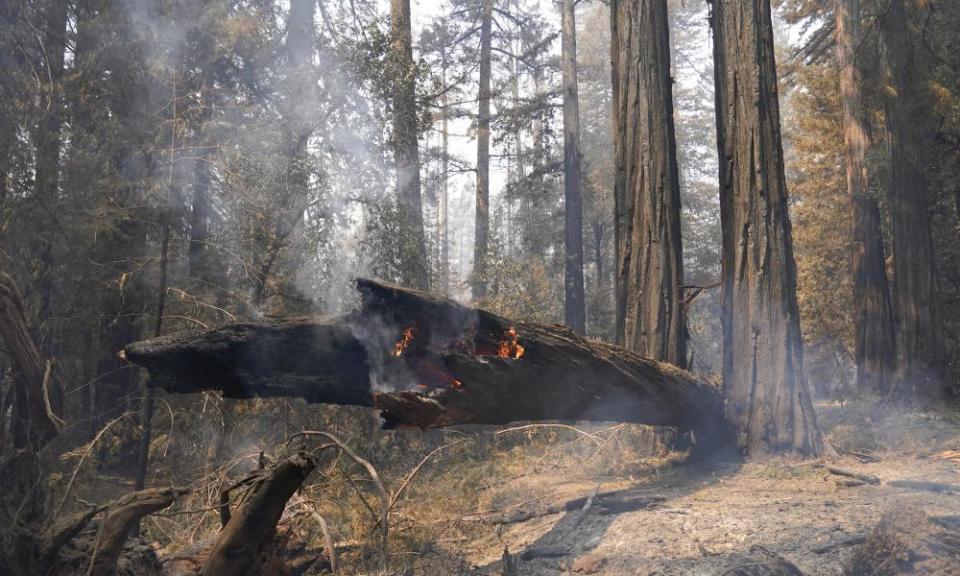Weatherwatch: the slow death of tall trees by lightning strikes

Lightning is a leading cause of the huge wildfires that have caused so much damage in the US, Turkey and elsewhere recently. But it also has a slower and more insidious destructive effect, especially in rainforests.
Ecologist Dr Lucy Rowland, of the University of Exeter, was researching the flow of sap in Amazonian trees when something unexpected happened.
“I had sensors installed in this tree and others monitoring the water flow rates inside the tree,” says Rowland. “I came back and the sensors had completely exploded.”
Nobody had witnessed the lightning strike, and the tree itself appeared unharmed, but the electrical damage was unmistakable.
“The pulse of electricity was so large it even jumped all the fuses I had installed in the systems and damaged adjacent equipment,” says Rowland.
Rowland was monitoring tree mortality in the area and noted the seemingly unharmed tree was dead a few months later, along with its immediate neighbours. Lightning strikes may make trees more vulnerable to fungal infections or pathogens.
Rowland’s colleague Dr Tim Hill is now fitting trees with lightning detectors to establish whether taller trees are suffering more strikes, as he suspects. These older trees are vital to the rainforest ecosystem and the impact of greater mortality due to the rising number of thunderstorms each year could be disastrous.

 Yahoo Finance
Yahoo Finance 